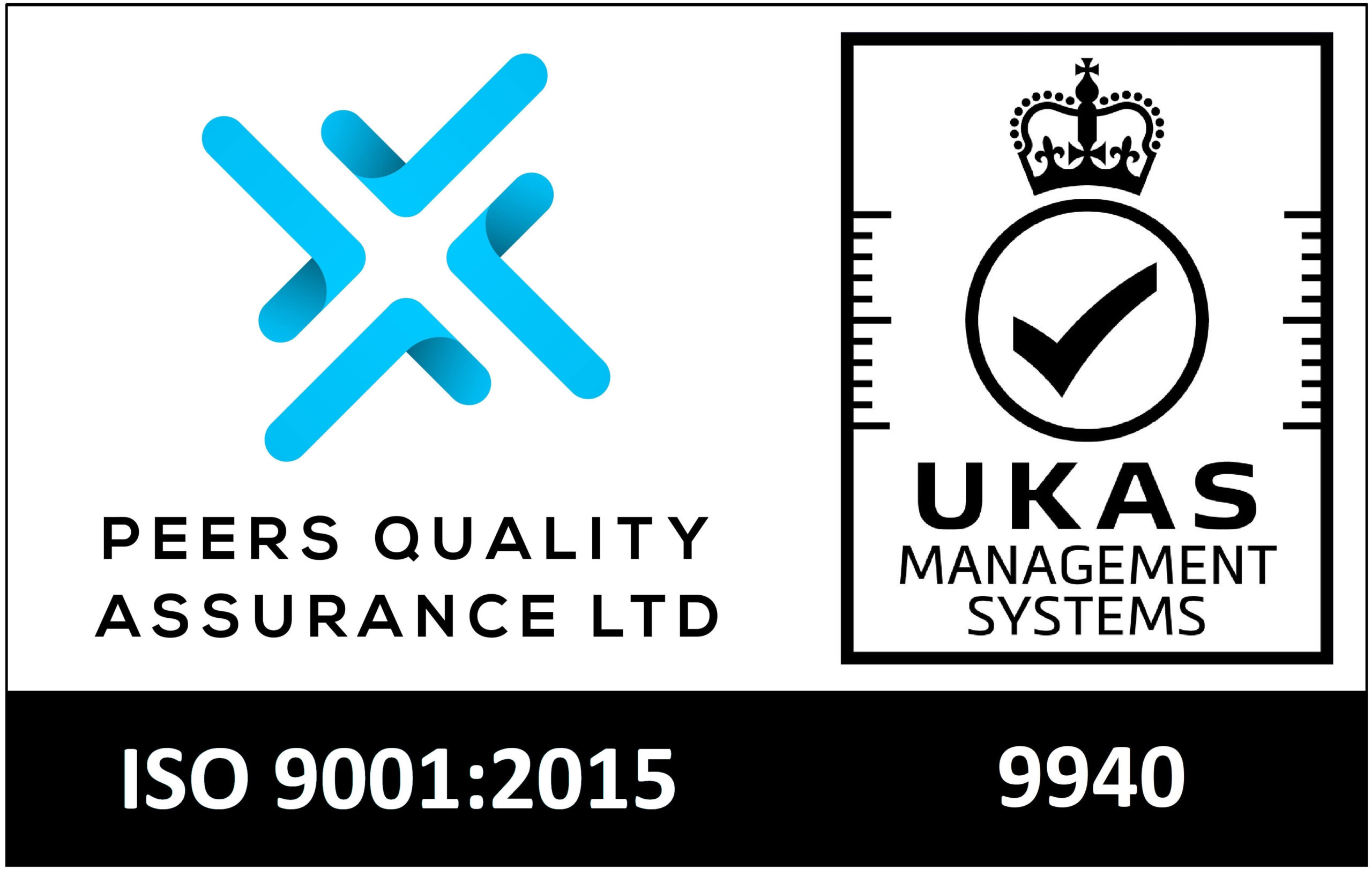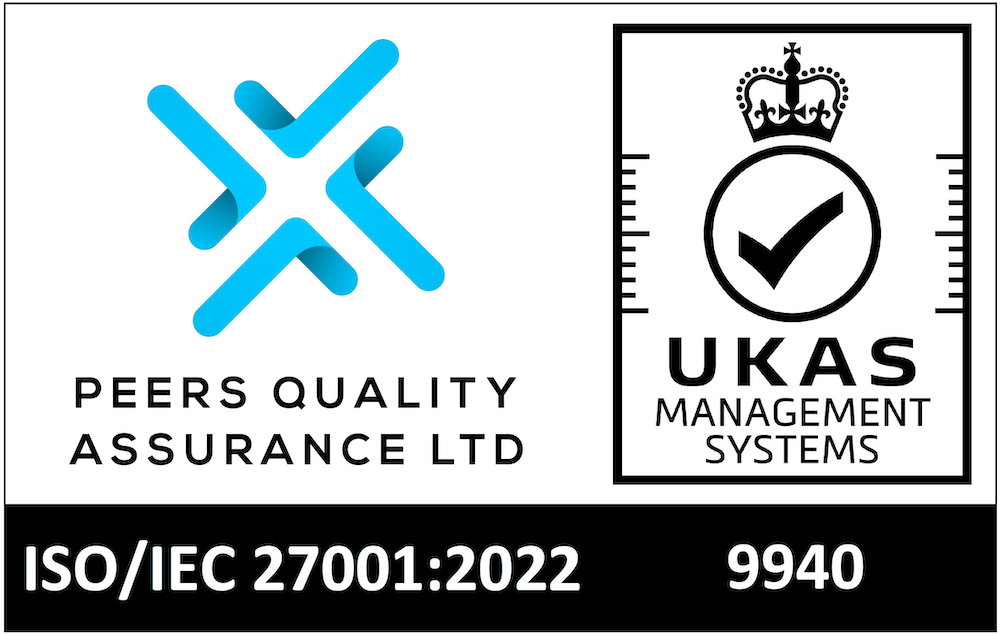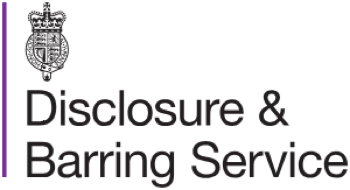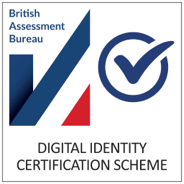Author: Joey Lyons
Having BPSS (Baseline Personnel Security Standard) clearance can be a relevant factor in ISO audits in the UK, particularly for ISO standards that focus on information security and quality management. Here’s an explanation of how BPSS clearance might intertwine with ISO audits:
ISO Standards and Security Requirements
- ISO/IEC 27001 (Information Security Management): This is one of the most relevant ISO standards when discussing BPSS clearance. It requires organizations to implement a robust information security management system (ISMS). Part of managing information security risks involves ensuring that personnel handling sensitive data are reliable and trustworthy. BPSS clearance provides a baseline assurance of an individual’s integrity, aligning with the
 personnel security controls in ISO/IEC 27001.
personnel security controls in ISO/IEC 27001. - ISO 9001 (Quality Management Systems): While not directly linked to security vetting like ISO/IEC 27001, ISO 9001 emphasizes the competence, awareness, and training of employees. In industries where security is a part of quality service delivery (like defense or government contracting), BPSS clearance can demonstrate the commitment to employing competent and trustworthy staff.
How BPSS Clearance Influences ISO Audits
- Risk Assessment and Management: ISO audits often focus on how an organization assesses and manages risks. Employees are a significant aspect of operational risk. BPSS clearance shows that an organization takes proactive steps to mitigate risks associated with personnel.
- Compliance with Legal and Contractual Requirements: For businesses in certain sectors, BPSS vetting is a legal or contractual requirement. Demonstrating compliance during an ISO audit can be essential for achieving or maintaining certification.
- Enhancing Trust and Credibility: ISO certifications are often about building trust with clients and stakeholders. Having staff with BPSS clearance can enhance the credibility of the organization’s commitment to security, which is beneficial during audits.
- Process Integration: BPSS clearance can be integrated into HR and security processes, aligning with ISO’s emphasis on process effectiveness and efficiency.
- Continuous Improvement: ISO standards often require continuous improvement. Regularly reviewing and updating BPSS vetting processes can be part of an organization’s commitment to improving security practices, aligning with ISO principles.
Conclusion
While BPSS clearance is not a direct requirement for all ISO standards, it plays a significant role in ISO audits, especially concerning security and risk management. Organizations that require BPSS vetting as part of their operations may find it easier to meet certain ISO requirements, particularly in standards related to information security and risk management. This alignment helps in demonstrating a comprehensive approach to security and quality management during ISO audits.






